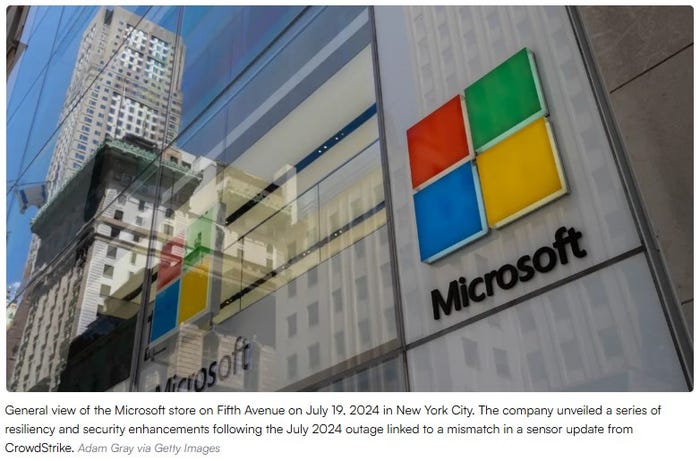FCC’s 4.9 GHz ruling might turn out to be one of its most important
The FCC ruling that granted primary status to fixed links in the 4.9 GHz band could prove to be crucial should the proposed nationwide wireless broadband in the 700 MHz band never come to fruition.
April 16, 2009
As reported by Senior Writer Donny Jackson last week, the FCC has granted primary status to fixed links in the 4.9 GHz band, which paves the way for public safety to leverage these airwaves for mission-critical communications. This ruling could prove to be crucial should the proposed nationwide wireless broadband in the 700 MHz band never come to fruition.
There are a lot of things first responders will be able to do from a data perspective should the 700 MHz network be built. The one application that gets the most attention is video. Public-safety agencies are drooling at the prospect of using video for surveillance, to provide a real-time view of an event to incident commanders while it is unfolding and to transmit footage of car chases back while they are happening. In addition, such capabilities could let emergency medical personnel send video from the field of victims’ injuries to emergency room doctors, who would be better prepared to treat the victims when they arrive at the hospital.
The 700 MHz airwaves are ideally suited for such uses, because the band enables wide-area coverage that is “an order of magnitude” better than what can be achieved in the 4.9 GHz band, according to Gregory Henderson, director of wireless broadband products and technology for Tyco Electronics Wireless Systems (nee M/A-COM), who spoke on the topic during last month’s International Wireless Communications Exposition in Las Vegas.
But what happens if the 700 MHz network never is built? Does the video dream die with it? Henderson doesn’t think so. In fact, he believes the 4.9 GHz band — which the FCC set aside several years ago for public-safety broadband applications — would handle video quite nicely.
According to Henderson, video surveillance is a very bandwidth-intensive application, yet despite this, the city of Chicago is using the band for its fixed video network. Dubbed Operation Virtual Shield, the network is the country’s largest, linking about 3,000 cameras and stretching from Chicago’s financial district into its myriad neighborhoods.
“4.9 GHz is very good spectrum, and they’re using that spectrum to carry the video from fixed cameras back to the network,” Henderson said. “Even if you had a 700 MHz network available in Chicago, there wouldn’t be enough capacity on that network to accommodate all of the cameras they have.”
Henderson opined that a 4.9 GHz network ideally would complement a 700 MHz network, which provides the mobility piece that 4.9 GHz can’t offer effectively. But 4.9 GHz offers an advantage that 700 MHz can’t touch, at least in the short-term, he said. “There is 50 MHz of spectrum [in the 4.9 GHz band] that the FCC has allocated, and that spectrum is available to public safety today — and people are using it.”
Without question, mobile-video applications would be a boon for public safety. Yet, as Chicago is proving, a lot can be accomplished with a fixed video network. The FCC’s ruling last week will make it easier for law-enforcement agencies around the country to follow suit. That makes it a good decision — one that could well turn out to be a great decision — should the 700 MHz network never come to fruition.
What do you think? Tell us in the comment box below.
Related Stories



